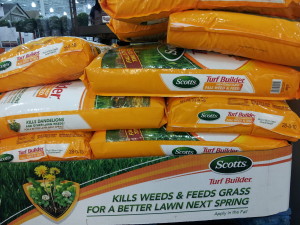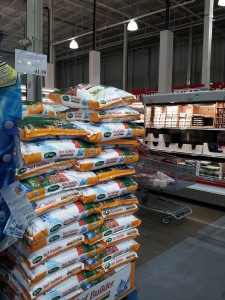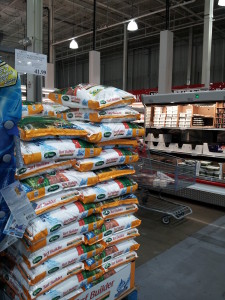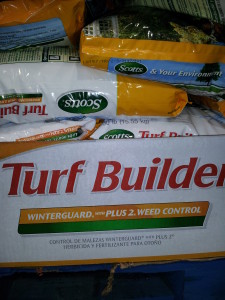
The results of a recently published large study are depressing, but not surprising. The pesticide 2,4-D, which was originally used in Agent Orange, is still around decades later and found everywhere you look - including in us.
In the past decade there has been a tremendous increase in the amount of both agricultural and residential use of 2,4-D in the US. The herbicide (a type of pesticide) is used to kill unwanted vegetation, including weeds. In 2020 alone, 33.3 million pounds of 2,4-D were used for agricultural purposes in the US! This number is projected to rise more each year, especially because it's used on genetically modified crops.
The study (with 14,395 participants) found that in 2011-2012, 40% of persons had 2,4-D in their urine. This was a massive increase from the start of the study in 2001 (17.1%). It is expected to have increased since then. Other studies find that current levels of pesticide residues (including additional pesticides) are in over 90% of all Americans, including pregnant women.
Children (aged 6 to 11 years) had the highest 2,4-D concentrations, and below that women of childbearing age. Interestingly, one difference they found was that non-Hispanic white persons had higher levels of 2,4-D in the blood than black persons.
The researchers thought that this might be because so much is used on lawns and green spaces in white suburban areas (think of those "perfect manicured lawns"). High-income persons had higher levels (manicured lawns!) than lower income persons. Agricultural workers also had higher levels of 2,4-D.
Health effects from 2,4-D: They include an increase in the risk of non-Hodgkin lymphoma, pediatric leukemia, birth defects (e.g., hypospadias in boys), allergic wheeze, hypothyroidism, chloracne, abnormal sperm, reduced fertility, soft tissue sarcoma, and olfactory deficits. It is an endocrine disruptor.
How do we get exposed to 2,4-D? Food and water frequently have 2,4-D residues. It can be in dust, in the air (from drift when applied nearby), rain, and even on our pets (when they go on treated lawns). We can inhale it, ingest it (from food and water), and absorb it through our skin and eyes. It is in most household carpet dust samples (it gets tracked inside).
What to do? Some simple steps:
- Avoid using any pesticides, including weed and feed products on lawns! Lawns do NOT need pesticides to be healthy!
- Stay off pesticide treated lawns, especially in the first 3 days and before a rainfall.
- Take shoes off at the door to avoid tracking in 2,4-D (and other pesticides, heavy metals).
- Eat organic food, as much as possible. [2,4-D is not allowed to be used in organic farms.]

2,4-D (2,4-Dichlorophenoxyacetic acid) is commonly added to weed and feed products, and used by both ordinary consumers and lawn care services. Incredibly, big box stores such as Costco sell big bags of these 2,4-D products - even next to food! This makes consumers think it's safe. But it's not.
From Science Daily: One out of three people exposed to potentially harmful pesticide
One out of three people in a large survey showed signs of exposure to a pesticide called 2,4-D, according to a study published today by researchers at the George Washington University. This novel research found that human exposure to this chemical has been rising as agricultural use of the chemical has increased, a finding that raises worries about possible health implications. ...continue reading "Commonly Used Pesticide Is Found In Many People"

 Next to refrigerated foods
Next to refrigerated foods Contains 2,4-D and Mecoprop-p
Contains 2,4-D and Mecoprop-p Next to bakery goods
Next to bakery goods By the meat
By the meat